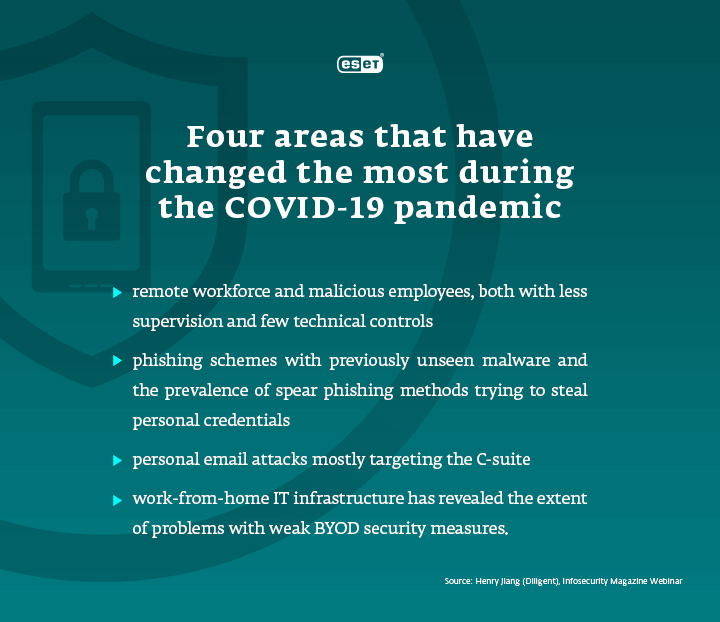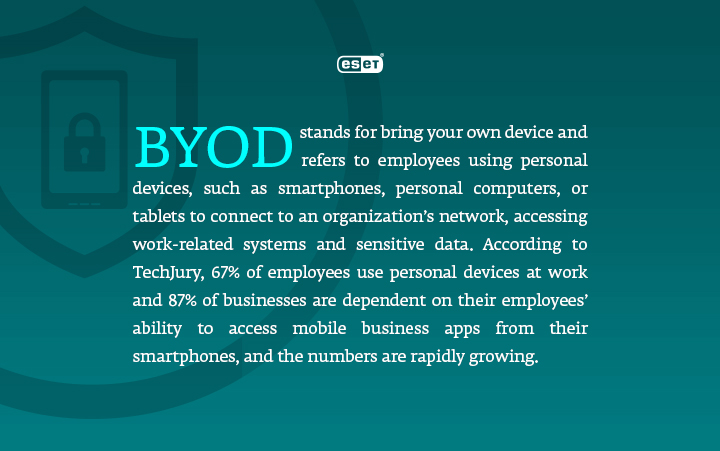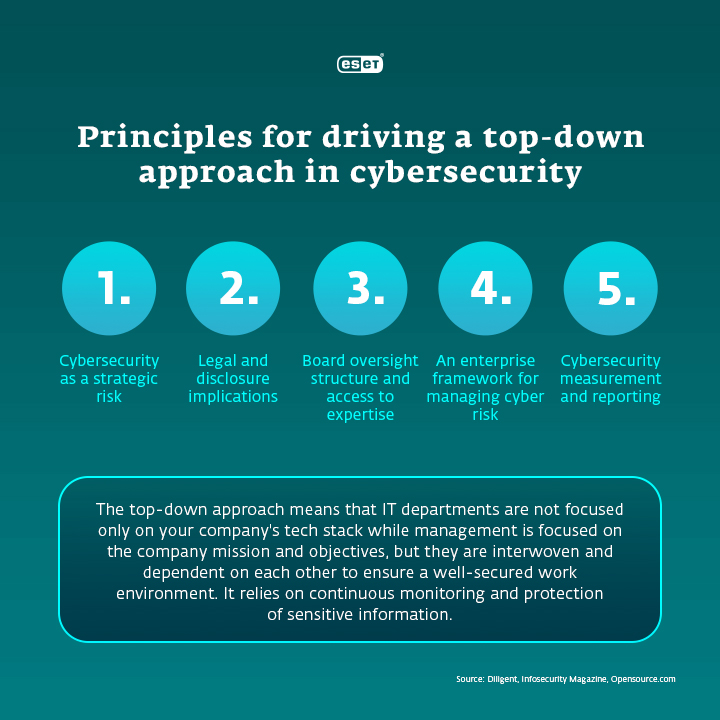Without buy-in from executives, a lot of IT security experts have their hands somewhat tied. Fortunately, CEOs in general have become more concerned about cybersecurity over the past year. Yet some of them still do not entirely grasp why IT security experts need more financial support. So, what can you do about it?
Multiple points of view were shared by Infosecurity Magazine, which recently hosted a live webinar on How to Win Budget & Buy-in from the C-Suite to Mitigate Increased Threats. It included a panel discussion about the current situation regarding investments in cybersecurity across companies. How has the cybersecurity landscape evolved since the start of the Covid-19 pandemic, and has the rise in cyberthreats fueled cybersecurity funding in companies all over the world?

Half of all businesses fell victim to a cyberattack or security breach in 2020.
207 days was the average time needed to identify a breach in 2020.
Source: IBM Cost of Data Breach Study 2020
One major theme is that many companies weren’t prepared to secure personal devices when workers all around the world were forced to work remotely – and many still aren’t, with no policies or guidelines in place. Mixing personal and business use of such devices represents one of the biggest current security challenges facing SMBs, for example, due to difficulties with segregating sensitive business data from an employee’s personal email environment. Putting BYOD policies in place calls for creating an entire cybersecurity process of identifying and securing a personal device without intruding on private data (like GPS location or photos). This process can take months or even years to complete, requiring investments of both time and money.

Although cybersecurity spending is reportedly growing, the lack of BYOD security measures is just one area that shows ample room for improvement. Two others are implementing cybersecurity training for all employees and building a cyber-aware business culture. All these improvements will likely involve better funding and more top-level management involvement. So how can you get your CEO on board?
1) Understand the environment in which you operate
As drivers for investing in cybersecurity vary – from the shift to a remote workforce to the increasing prevalence of ransomware – as a designated IT expert you need to clear up who you are trying to persuade and what their key concerns are. To do so, it may help you to engage across different teams to find out what their priorities are. When you make your case to the decision makers, be sure to address specific, relevant risk factors and explain how you plan to manage those risks.
2) Explain highly technical or oversimplified information about cyber risks
Your superiors should be aware of the current security situation in the company – and they often need to be coached through this discussion. Everyone in the company must understand their responsibility, but it always starts from the top. Business leaders may be following the news and reading up on cyber risks, but they may also lack the ability to translate that into company priorities and concrete measures. Instead, they might ask you yes-or-no questions like “Are we prepared for a ransomware attack?”
As an IT pro, it's up to you to clearly articulate security issues and explain where you see room for improvement. Help your CEO understand the probability of various types of incidents; research the security solutions that can help boost your defenses; and remind them that investing in stronger cyber protection benefits the bottom line.
3) Refrain from negative messaging
When talking about cybersecurity, IT managers often limit themselves to terrifying examples and worst-case scenarios. As ESET CISO Daniel Chromek stated in a recent interview, these tactics often fail as people will simply feel overwhelmed and adopt a defeatist mindset. So when you're campaigning to get a boost in your cybersecurity budget, stick to the facts, provide practical solutions, emphasize the benefits, and you should be successful in your quest.


